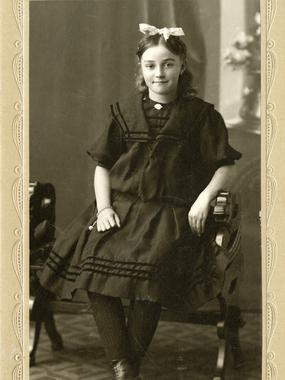The crowning sacraments of Latter-day Saint temples are the sealing ceremonies that unite men and women and children in eternal family relationships.
Latter-day Saints believe that these sealings and other temple rites may also be performed by proxy for those who have died. Consequently, genealogical research or family history is, in Latter-day Saint belief, the essential forerunner for temple work for the dead.

In Latter-day Saint belief, the dead have the choice to accept or reject the services performed for them.
From early in its history, The Church of Jesus Christ of Latter-day Saints encouraged its members to research their family history. In 1894 the Genealogical Society of Utah was established for that purpose.
During the 20th century, extensive negotiations were conducted with governments and custodians of public records to preserve birth, marriage and death records by microfilming them. More recently, microfilming has given way to digital technology.
Recognizing that millions of people throughout the world have their own reasons to be interested in family history, the Church makes its collections of microfilmed and digitized records freely available to everyone.
The Family History Library in Salt Lake City, Utah, is the largest genealogical library in the world and provides access to many collections of records, with more than two billion names of deceased people.
Over 700 staff and volunteers assist patrons with family history work. Approximately 1,900 people visit the library each day.
The Church has established over 4,500 family history centers in 70 countries, with access to many of the resources at the main library in Salt Lake City, Utah.
The Church also operates one of the most popular genealogical services on the Internet free of charge at www.familysearch.org. The site contains a billion names from over 110 counties and territories including the 1880 United States Census, the 1881 Canadian Census, the 1881 British Census, the Ellis Island database and the Freedman’s Bank Records.
However, most of the Church’s vast collection of genealogical resources is yet to come online. The Church is undertaking a massive digitization project to bring most of the additional collection of the Family History Library online over the next few years.
Because genealogical records are irreplaceable, the Church has constructed a climate controlled storage facility in Utah which houses more than 2.3 million rolls of microfilm and 180,000 sets of microfiche.